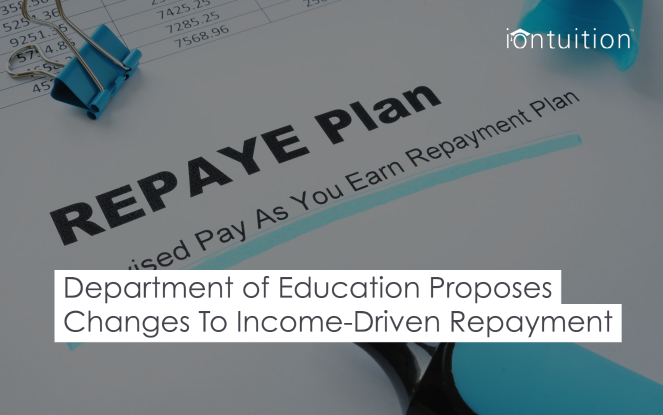The U.S. Department of Education is making a push to improve the federal student loan repayment system. There are big changes to income-driven repayment. Their proposal targets income-driven repayment plans, specifically revising the existing Revised Pay As You Earn (REPAYE) plan. This revision would not just modify REPAYE, but combine it with other income-driven options like Income-Contingent Repayment (ICR) and Income-Based Repayment (IBR) under a single, simplified term: IDR. This streamlined approach aims to deliver on the Biden Administration’s promises of student loan relief and a more manageable repayment process for borrowers.
Summary of Changes to Income-Driven Repayment
- Increase the calculation of the borrower’s payment amount from 150 percent of the applicable poverty guideline to 225 percent
- Shorten the repayment period so borrowers can qualify for forgiveness earlier AND allow borrowers to receive credit for forgiveness during periods of deferment or forbearance
- Simplify the income recertification provision so borrowers who fail to recertify are placed into an alternative repayment plan
- Cease charging any remaining accrued interest each month after applying for the payment
Estimated Impact of New IDR Plan
According to ED’s press release, borrowers should expect to see a 40% decrease in their total payments per dollar. The lowest-earning borrowers could see up to an 80 percent decrease in their payments.
REPAYE plan offers $0 monthly payments for families of four earning under $63,400 or individuals under $30,500, and cuts payments in half for others on undergrad loans.
The proposed regulations will be open to public comments for 30 days through regulations.gov. ED expects the new rules to be finalized later this year.

